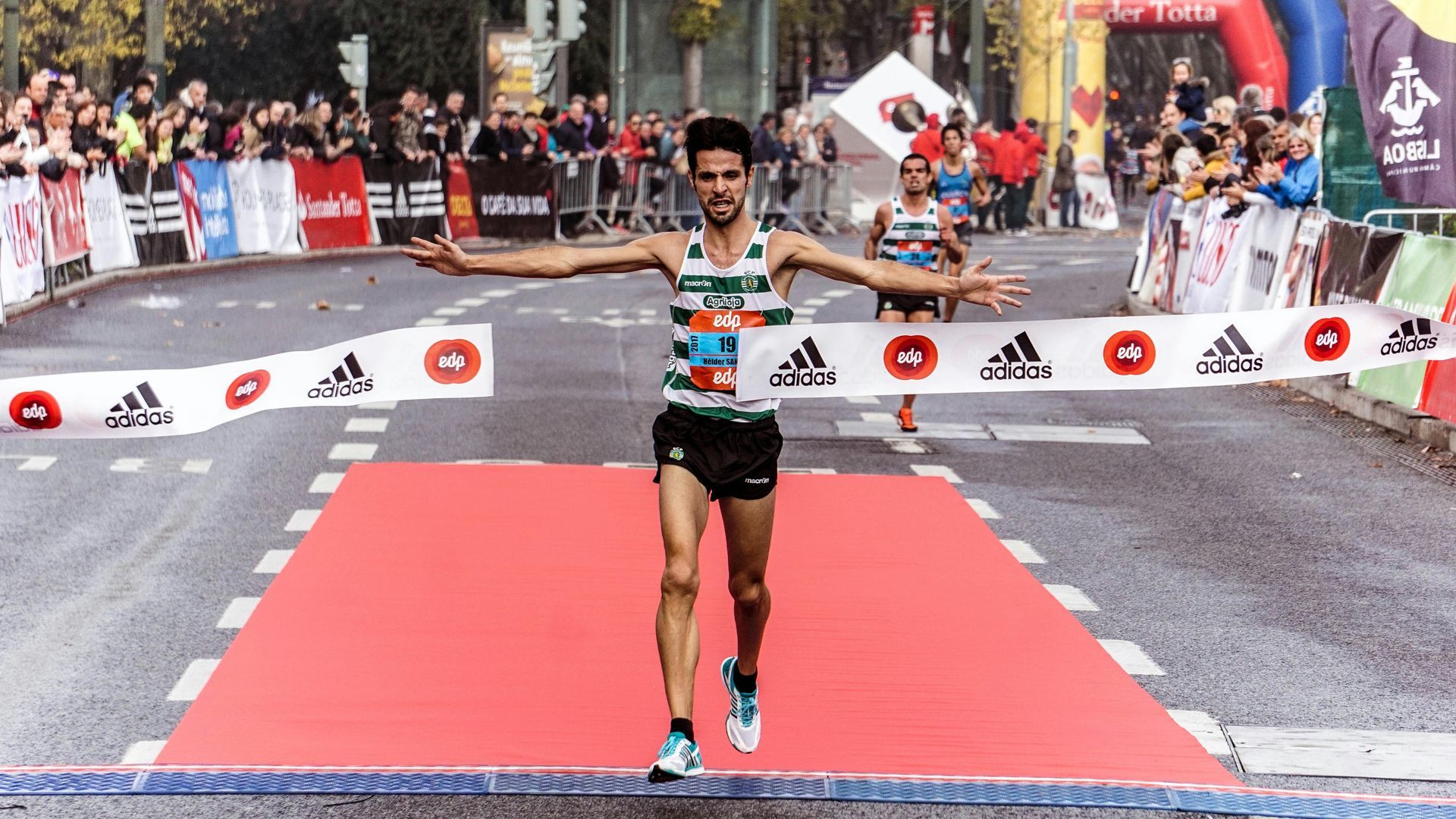Visa EB-1 pour les travailleurs prioritaires (Cadres multinationaux, chercheurs exceptionnels, capacités extraordinaires)
Visa EB-1 pour les travailleurs prioritaires
(Cadres multinationaux, chercheurs exceptionnels, capacités extraordinaires)
Vous pouvez prétendre à un visa fondé sur l'emploi si vous avez des capacités extraordinaires, si vous êtes un professeur ou un chercheur exceptionnel, ou si vous êtes un cadre ou un dirigeant multinational.
Chaque catégorie professionnelle est assortie de certaines conditions à remplir.
Classification Et Preuves
Classification Et Preuves
Aptitudes extraordinaires
Vous devez être en mesure de démontrer des capacités extraordinaires dans les domaines des sciences, des arts, de l'éducation, des affaires ou de l'athlétisme, grâce à une reconnaissance nationale ou internationale soutenue. Vos réalisations doivent être reconnues dans votre domaine et faire l'objet d'une documentation détaillée. Aucune offre d'emploi n'est requise. Vous devez répondre à 3 des 10 critères ou fournir la preuve d'une réalisation unique (par exemple, Pulitzer, Oscar, médaille olympique).
Professeurs et chercheurs exceptionnels
Vous devez faire preuve d'une reconnaissance internationale pour vos réalisations exceptionnelles dans un domaine académique particulier. Vous devez avoir au moins trois ans d'expérience dans l'enseignement ou la recherche dans ce domaine universitaire. Vous devez entrer aux États-Unis afin d'obtenir un poste d'enseignant ou de chercheur comparable dans une université ou un autre établissement d'enseignement supérieur. Vous devez fournir des documents et une offre d'emploi de l'employeur américain potentiel.
Directeur ou cadre multinational
Vous devez avoir été employé en dehors des États-Unis au cours des trois années précédant la demande pendant au moins un an par une entreprise ou une société et vous devez chercher à entrer aux États-Unis pour continuer à servir cette entreprise ou cette organisation. Votre emploi doit avoir été exercé en dehors des États-Unis en qualité de cadre ou de dirigeant et auprès du même employeur, d'une société affiliée ou d'une filiale de l'employeur. Votre employeur requérant doit être un employeur américain. Votre employeur doit exercer ses activités depuis au moins un an, en tant que société affiliée, filiale ou en tant que société ou autre entité juridique qui vous employait à l'étranger.
Source: uscis.gov
Nos avocats spécialisés en droit de l'immigration ont une grande expérience dans ce domaine et peuvent vous garantir une représentation juridique compétente et efficace pour l'obtention de votre visa de non-immigrant légal. Prenez rendez-vous en ligne (consultations en personne ou par téléphone) pour en savoir plus sur la façon dont vous pouvez obtenir votre visa de non-immigrant et investir aux Etats-Unis.
Questions
Pour toute question supplémentaire, vous pouvez contacter notre bureau en prenant rendez-vous
avec nous.
Articles Du Blog
Articles Du Blog

For individuals applying under the O-1A or EB-1A categories , both reserved for professionals with extraordinary ability, letters of recommendation are a critical part of the petition. These expert testimonial letters offer valuable insight into your accomplishments, reputation, and influence within your field. When written properly, they help demonstrate that you truly stand out as someone who has risen to the very top of your profession. Many petitions submitted by highly accomplished individuals fall short because the recommendation letters are vague, overly personal, or fail to clearly explain why the applicant meets the legal standard of extraordinary ability. That is why taking the time to prepare your recommenders effectively is not just helpful. It is essential to build a strong and persuasive case. First, it is important to help your recommenders understand the purpose of the letter . This is not a casual reference or character recommendation. It is a formal declaration to U.S. Citizenship and Immigration Services that you possess extraordinary ability in your area of expertise. The letter must describe your achievements in concrete terms and explain why your work has had a significant impact and recognition within your field. Many professionals, no matter how accomplished, are unfamiliar with the specific requirements of the O-1A and EB-1A categories. It is helpful to provide them with a short explanation of what is needed, and in some cases, a sample or outline to guide them. Selecting the right recommenders is just as critical as the content of the letters themselves. While USCIS gives greater weight to letters from independent experts, independence should not be confused with distance. The ideal recommender is someone who knows your work well and can provide specific and credible insight into your contributions, impact, and reputation in the field. A letter from someone who barely knows you, or one that focuses more on the recommender’s own accomplishments than yours, is unlikely to carry much weight with USCIS. A common mistake is submitting letters that read more like summaries of the recommender’s resume than a meaningful evaluation of your achievements. While a brief introduction of the recommender’s qualifications is important to establish credibility, the focus must remain squarely on you , your work, your innovation, and the ways in which your impact is considered extraordinary. The strongest letters go beyond general praise. They include clear and detailed examples of how your contributions have influenced others in your field or led to measurable outcomes. To make the letter as accurate and persuasive as possible, you should provide your recommenders with a summary of your most important professional milestones. This might include major awards, media coverage, patents, publications, notable leadership roles, or metrics showing the commercial or scientific success of your work. Well-prepared recommendation letters serve as both evidence and narrative. They help fulfill specific legal requirements and also tell the story of how and why your work has earned you distinction. In a category defined by terms like extraordinary ability, it is important that every part of your petition reinforces that standard. At Santos Lloyd Law Firm, we work closely with our clients and their recommenders to develop strong and compelling testimonial letters that meet USCIS expectations and highlight each applicant’s unique contributions.

If you've made it to the United States as a culinary professional—perhaps on an O-1B visa that recognizes your extraordinary talent, or a P-3 visa for sharing your rich culinary heritage—congratulations! You’ve already proven yourself as a standout in your craft. But what if we told you that your journey doesn’t have to end when your temporary visa does? In fact, your current status could be the perfect stepping stone to something much more lasting: a green card through the EB-1A category. The EB-1A visa is a first-preference employment-based immigrant visa, designed for individuals with “ extraordinary ability ” in fields such as the arts, sciences, education, business, or athletics. And yes—culinary arts absolutely count. The key is demonstrating that your skills have risen to the very top of your field. If you've already gone through the O-1 or P-3 process, you're likely well on your way . Here’s the good news: much of the evidence used to obtain your O-1B or P-3 visa can be repurposed for your EB-1A petition . Awards, press features, expert testimonials, and proof of your work in prestigious kitchens or at cultural events—they're all valuable again. But what’s even more exciting is that everything you’ve accomplished while in the U.S. on your temporary visa—whether launching a signature tasting menu, starring in a food documentary, or leading culinary workshops—can now be used to further strengthen your case. According to USCIS, EB-1A applicants must meet at least three of ten criteria unless they’ve received a major internationally recognized award. These criteria include things like published material about your work, original contributions of major significance, high salary, and a critical role in distinguished organizations. For many chefs, especially those who’ve thrived in the U.S. hospitality scene, it’s absolutely achievable with the right guidance. What sets the EB-1A apart is that it does not require an employer sponsor . That’s right—you can self-petition! This means your culinary career can be as flexible and entrepreneurial as you want it to be, whether that means opening your own restaurant, expanding into media, or continuing to cook your way into America’s heart. Even better? It can be one of the fastest paths to a green card available. With premium processing, your I-140 petition can be adjudicated within just 15 business days. And if your country’s EB-1 visa category is current on the visa bulletin at the time of approval, you may be eligible to file your green card application immediately. This combination of speed, autonomy, and flexibility makes EB-1A an incredibly attractive next step in your immigration journey. At Santos Lloyd Law Firm, we love helping creative professionals take their next big step. If you’ve already wowed the world with your cuisine, the EB-1A may be your opportunity to stay and make your mark for good. Contact us today to find out if the EB-1A is the next right step for you!

The United States has long been a destination for the world’s most talented athletes—not only to compete at the highest level, but to access world-class training, coaching opportunities, and long-term career prospects. Whether on the field, in the ring, or across the chessboard, athletes from across the globe are finding immigration pathways that allow them to pursue their athletic and professional goals in the U.S. U.S. immigration law offers several visa and green card options designed specifically for individuals with extraordinary athletic talent. These include the P-1A visa for internationally recognized athletes, the O-1A visa for individuals of extraordinary ability, and the EB-1A immigrant petition, which can lead to permanent residency and ultimately, U.S. citizenship. The P-1A visa is commonly used by professional athletes coming to the U.S. to compete in a specific event or season. This applies not only to individual athletes but also to members of teams or clubs recognized internationally. It is widely used by soccer players, basketball players, MMA fighters, Brazilian Jiu-Jitsu competitors, and even elite chess players. Athletes must demonstrate a high level of international recognition and a record of performance in their sport. The O-1A visa is a strong option for coaches who demonstrate extraordinary ability, typically evidenced by championship titles, sustained winning records, or recognition as integral to their team’s success. To qualify, a coach must establish that their expertise places them among the small percentage of top professionals in their field. For athletes seeking permanent status in the U.S., the EB-1A immigrant petition —often referred to as the “extraordinary ability green card”—provides a direct path to lawful permanent residency. It requires clear documentation that the individual is among the very best in their sport and has achieved sustained national or international success. Unlike other green card categories, the EB-1A does not require employer sponsorship and can be self-petitioned. This has become a common path for MMA world champions, BJJ black belt medalists, Olympic athletes, and chess grandmasters—many of whom now represent the U.S. at the highest levels of international competition. It’s important to note that U.S. immigration law defines “athlete” broadly. Whether you are a professional football player in Europe, a sprinter from the Caribbean, a judoka, a gymnast, or a grandmaster in chess, your achievements may qualify under these categories if they are properly documented and presented. The key is a consistent record of excellence and recognition in your sport on a national or international scale. Our office specializes in these types of immigration matters. Whether you are an individual athlete looking to relocate or an organization seeking to bring international talent to your roster, we offer tailored legal strategies to support your goals. If you are exploring options to compete, train, or build your future in the U.S., we’re here to help you take the next step.






